

STATS
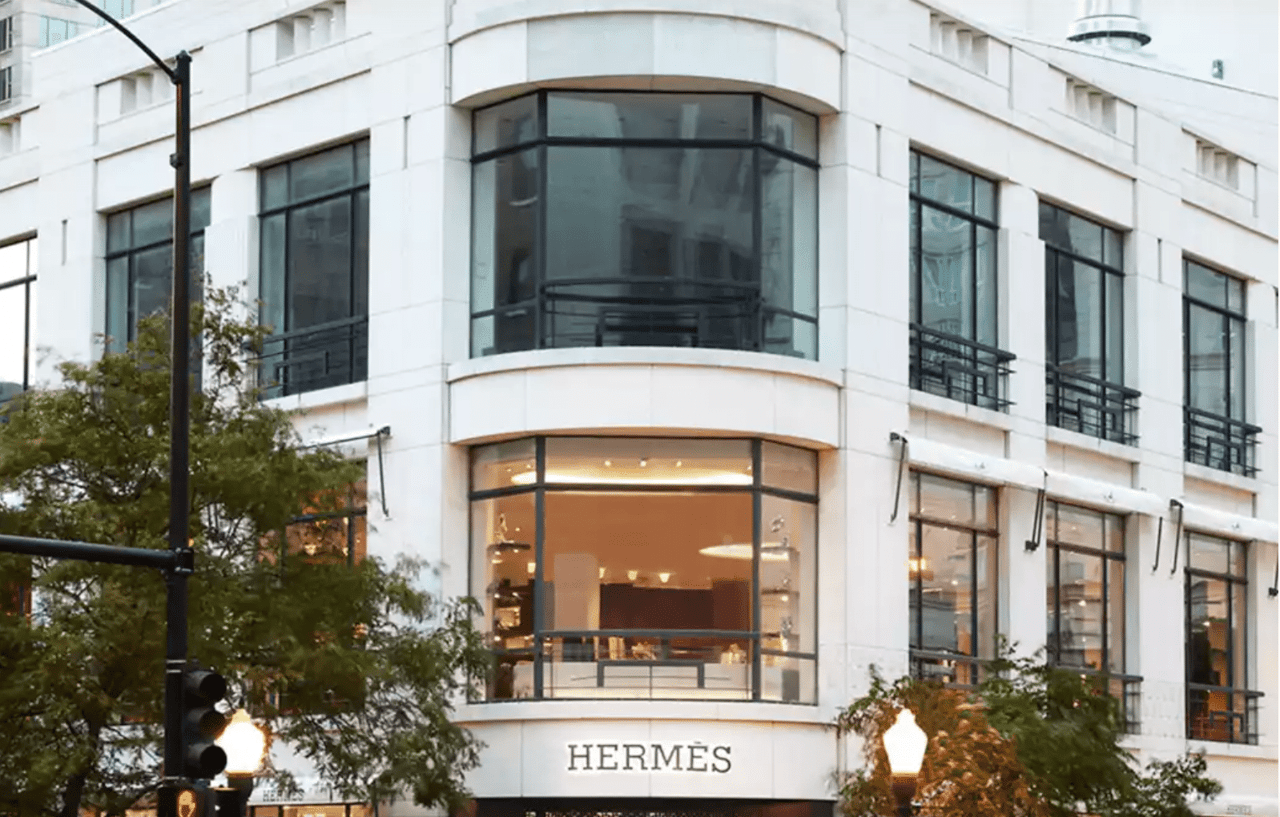
(Hint: It's Not What You Think)
While the proliferation of e-commerce is causing upheaval, the continued desire for human interaction is prompting a new style of retail development; a style that is rooted firmly in the fundamentals of urban life.
Retail real estate has hardly collapsed and is not even on life-support. Instead, the commercial real estate sector evolves much like nature. Consumer preference – how people tend to spend their time and money – will continue to change as it has for much of contemporary human history. But the common thread through these changes is that human beings are social; human beings tend to seek out vibrant spaces – spaces with other human beings. Historically, retail real estate has provided much of that space. Strolling the retail corridor of a bustling downtown, spending a rainy day shopping in an indoor mall, or joining your neighbors at the local pub to get a pint after work, have all long been considered an enjoyable part of our modern human experience. But what happens when no one else is on those streets, or in that mall or pub? With the proliferation of e-commerce in our society, many have prognosticated the end of this necessary vibrancy, at least within a retail context. We contend this view is both naïve and shortsighted. As Kevin Fagan, et al. describes in a recent Moody’s Analytics paper, The Mall of the Future, there is an emerging blueprint for maintaining vibrancy, or a critical mass within these spaces, which would ultimately lead to brick-and-mortar retail success. Fagan concludes that a greater diversity of tenants, including tenants from other sectors (office, industrial, medical, multifamily, etc.) may now be needed, particularly for struggling regional malls. Quite interestingly, this is how many cities organically evolved prior to the automobile becoming readily available to the masses. We now use the term “mixed-use” to designate multiple real estate sectors in the same building, but if we expand that to nearby buildings, these pre-auto cities were always mixed-use. Retail was always located within a short walk of where people lived and worked. So, is the new model for retail success actually just a modern copy of pre-auto urban life? It turns out that many developers tend to think so, but of course, with a hint of nuance. In this follow-up paper to ”The Mall of the Future”, we explore recent trends in new development, and redevelopment, to determine the extent of this return to mixed-use spaces. Access the full report here.
Photo Above : Hermes Boutique, Oak Street, Chicago
Stay up to date on the latest real estate trends.
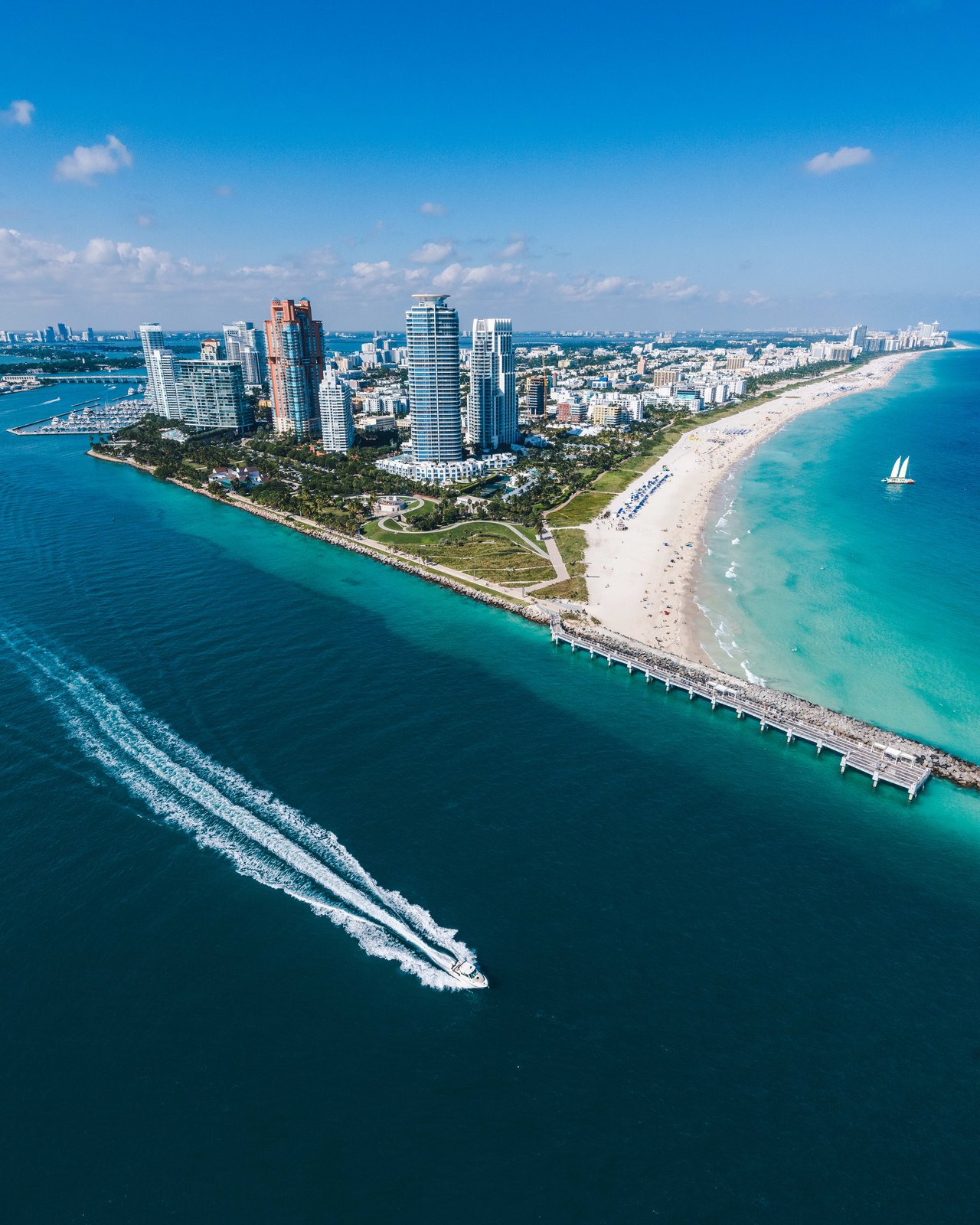
Florida

Florida
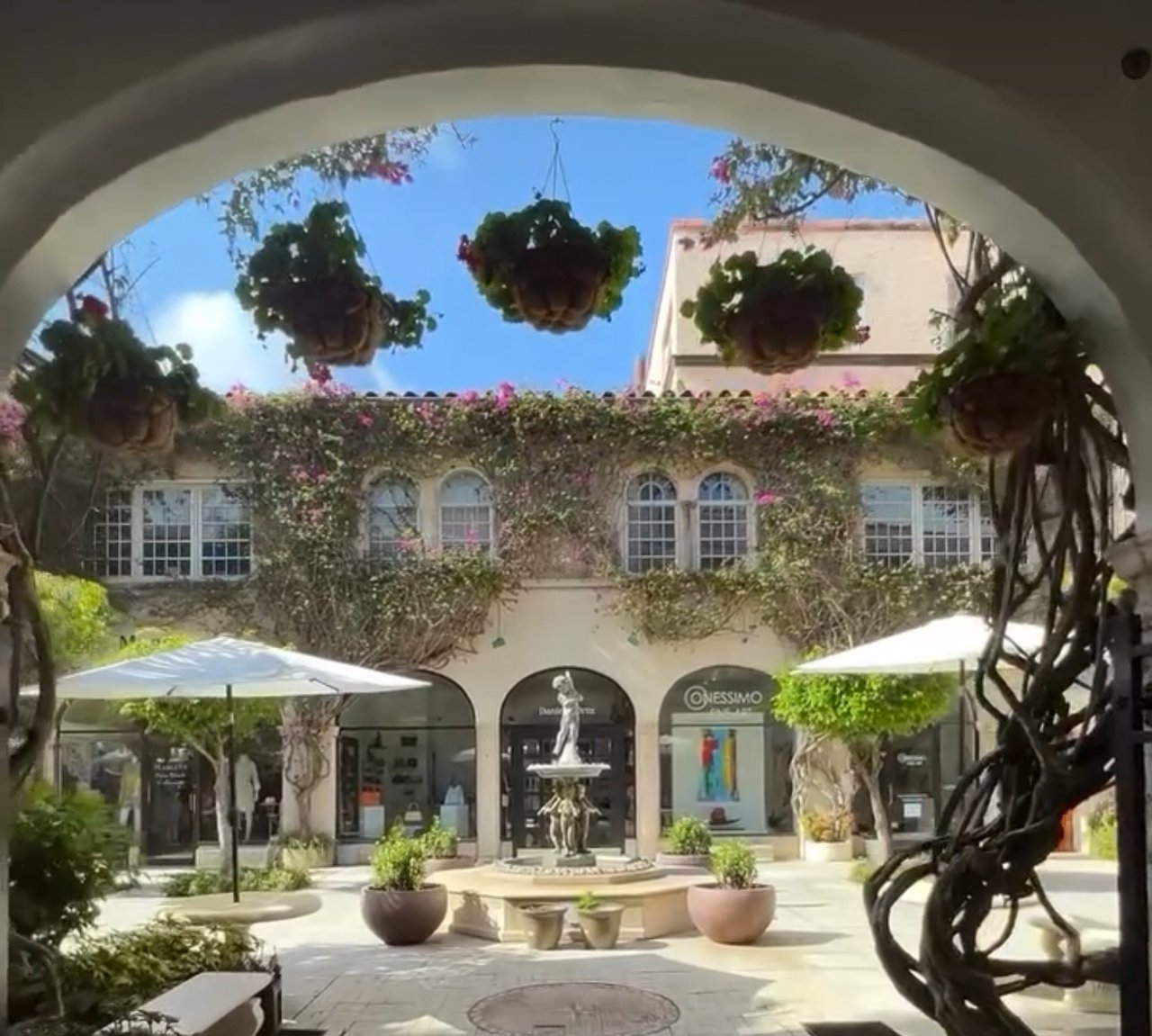
Palm Beach

Palm Beach
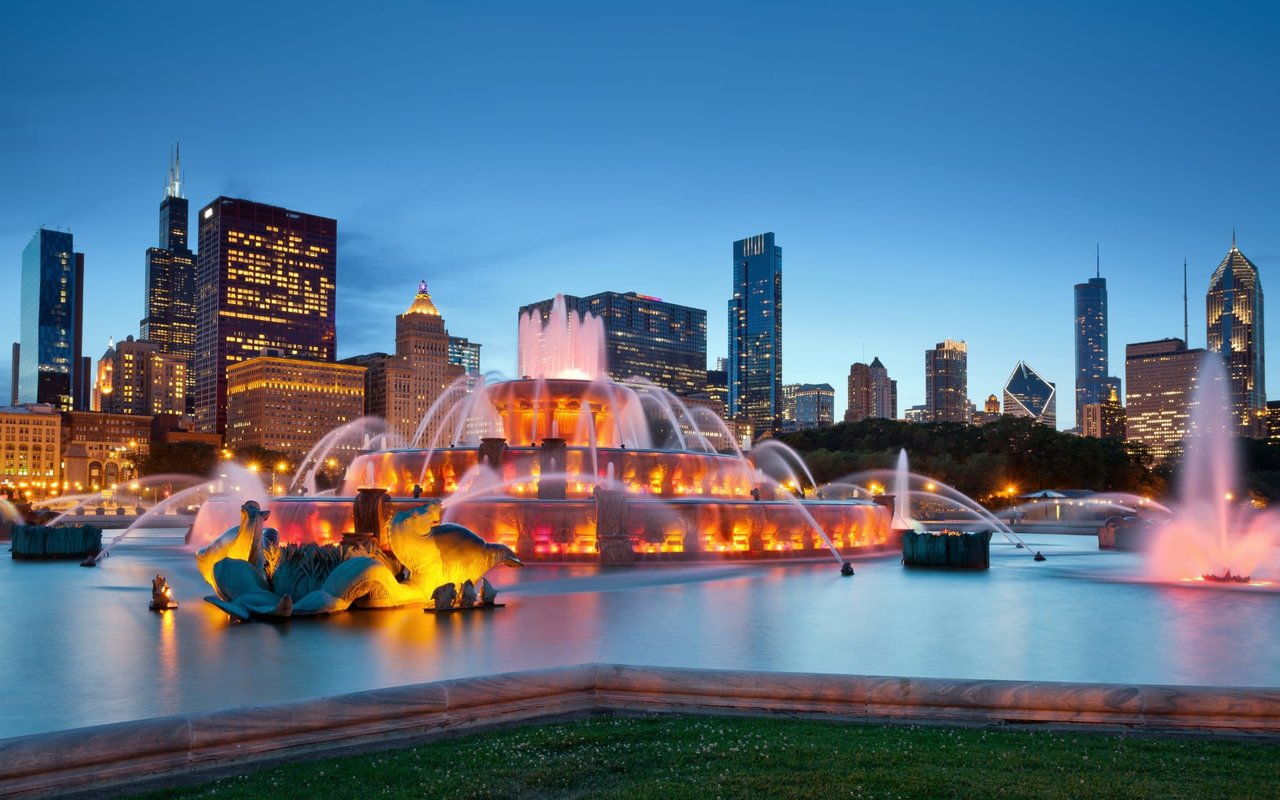
CHICAGO
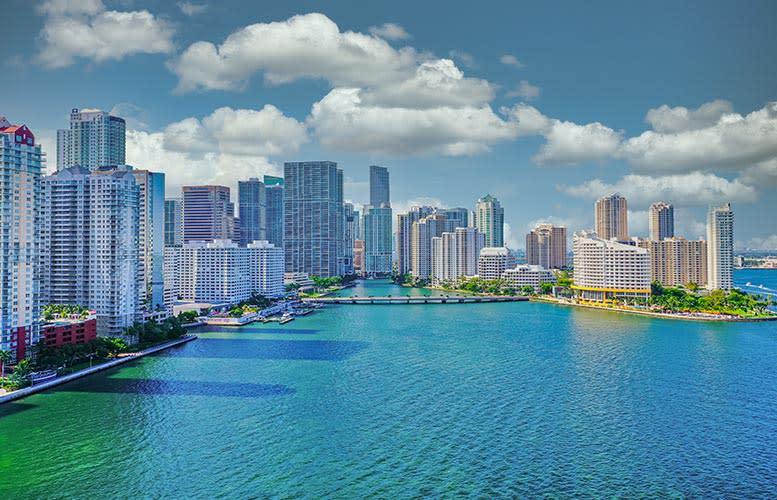
miami

Miami
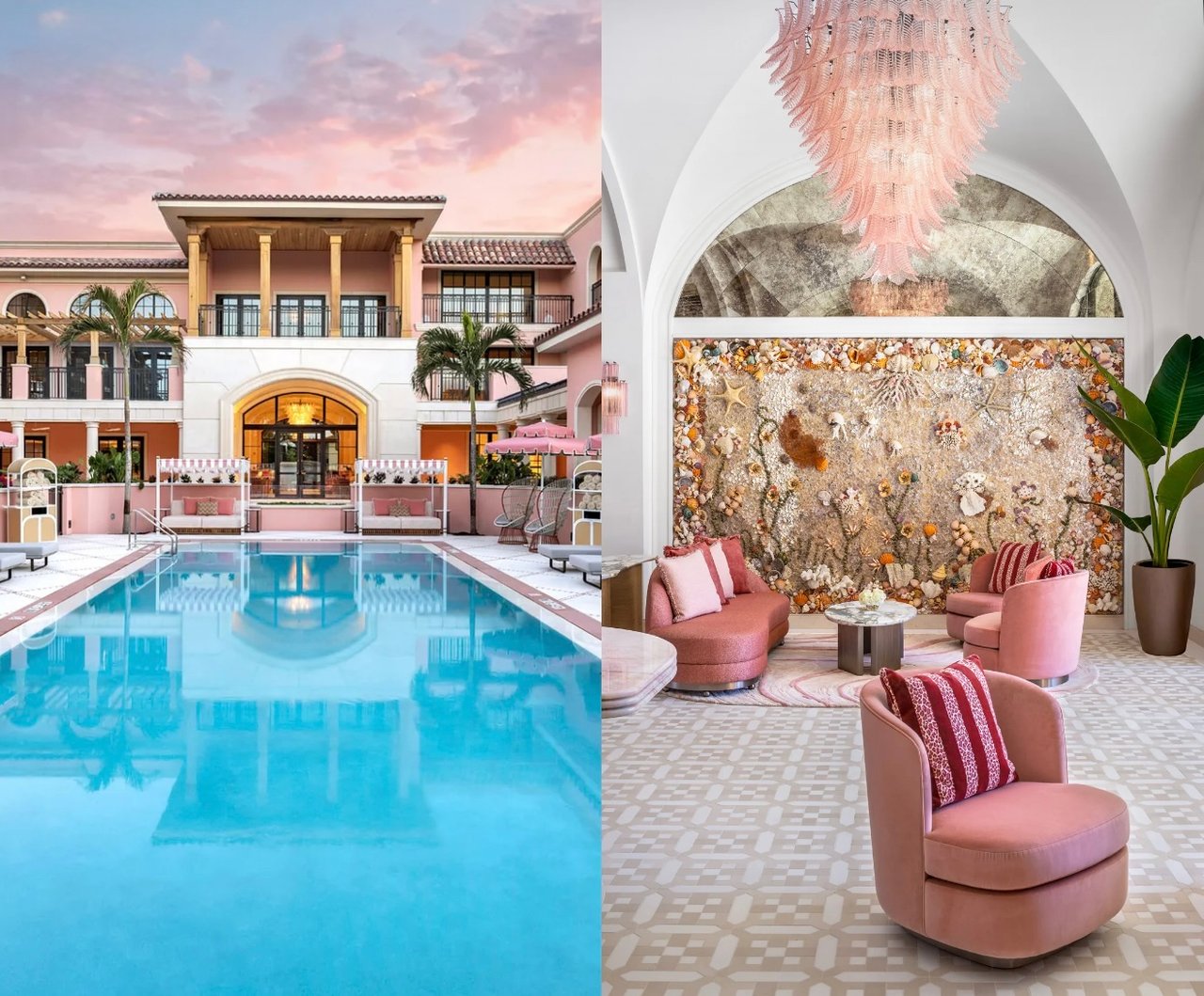
Palm Beach
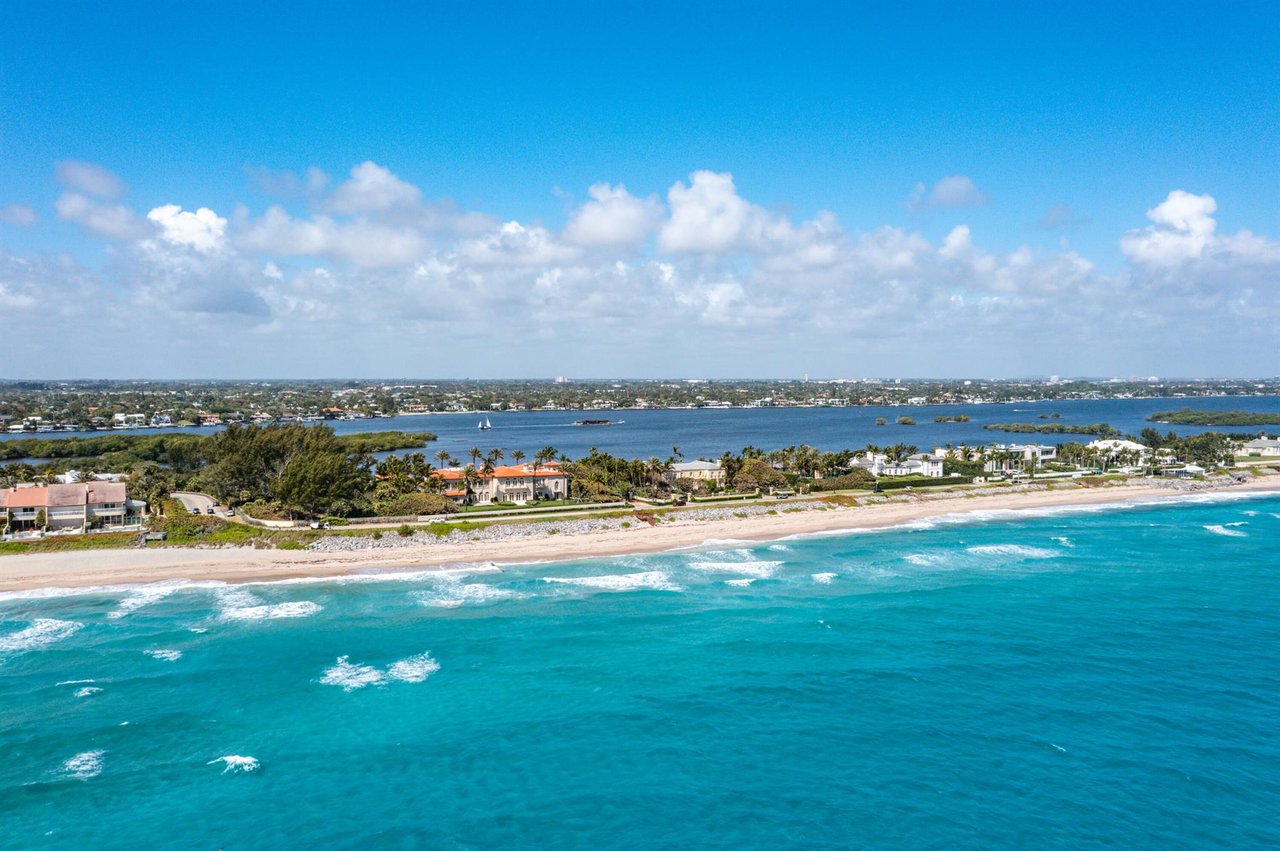
Palm Beach
For over 2 decades, we have been honored to represent our clients, and position them to maximize their real estate interests, throughout the dynamic real estate market! Contact Us by form or text 305-889-8400 for a more immediate response.